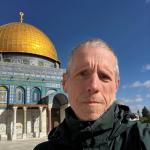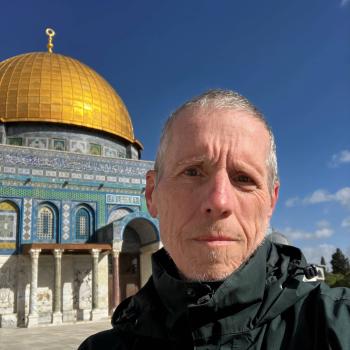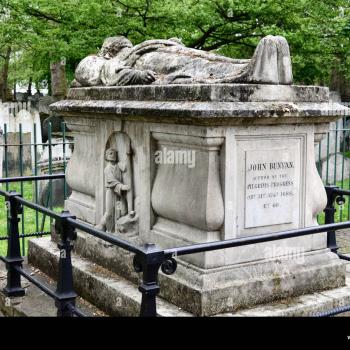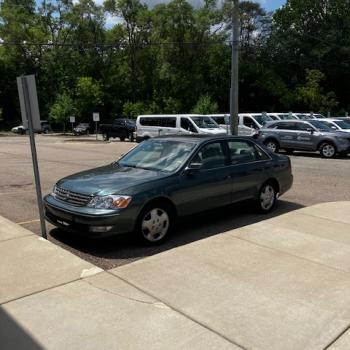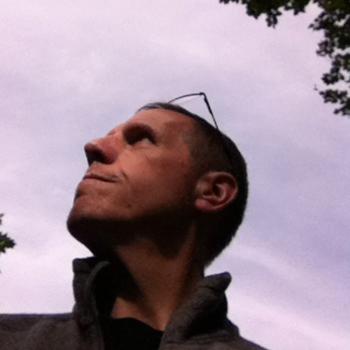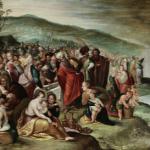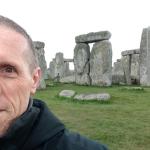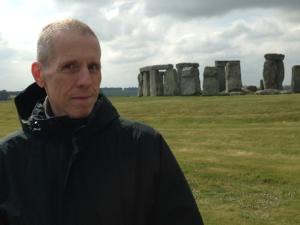 Been There, Done That
Been There, Done That
Speaking of Sacred sites, and to make good on my claims in the last post, I am going to share some genuinely sacred sites, holy spots, spiritual places, that did not make the the Top 100. There are not 100, appealingly round as that number is, and I will mention only one in this post.
What distinguishes these from the Top 100 is that I have been there.
Speaking of Other Sacred Sites, Some are Obvious
Like Stonehenge, so let’s start with that. Speaking of Sacred Sites, this may not be a formal religious place now, because the religion of those who built it is gone. Yes, I know, modern druids come at the solstice, but these are so far removed as to make any connection purely speculative.
I went there in 2017 as part of my pilgrimage from Winchester to Canterbury. Strictly speaking Stonehenge is not on the way, and it was not on my itinerary. But my B&B host, voluble and eager, offered to take me there. It was less than an hour away.
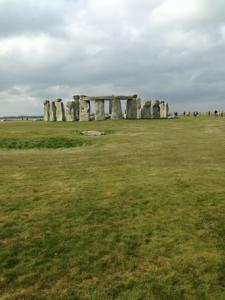 For those who do not know, Stonehenge is situated amid other prehistoric relics – mounds, circles, a long ’causeway’ or open rectangular field – in what appears to be a community of sacred sites. My host and I left the car at the visitor centre and walked the causeway rather than take the bus which runs to the famous circle.
For those who do not know, Stonehenge is situated amid other prehistoric relics – mounds, circles, a long ’causeway’ or open rectangular field – in what appears to be a community of sacred sites. My host and I left the car at the visitor centre and walked the causeway rather than take the bus which runs to the famous circle.
Always Go Native
Walking the 3 kilometers was was ever so worth it as the scale and extent of the place became palpable. Those mounds and circles, while off limits, were visible along the way, on a first class day of British weather with passing clouds and cool winds and bright sun. Treading across the grass, feeling the distance, sensing the scale – larger than any cathedral or monument alone – add to the sense of wonder the place has.
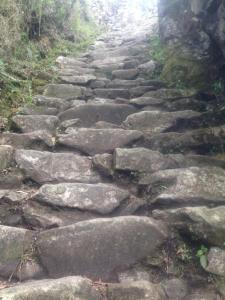 Speaking of Sacred Sites, I chose to walk to Machu Picchu, one of the Top 100, because when you walk there over four days, crossing a pass at nearly 14000 feet elevation along the way, and at the end scale a very steep staircase that exhausts you, you have something larger and wider to situate the place in.
Speaking of Sacred Sites, I chose to walk to Machu Picchu, one of the Top 100, because when you walk there over four days, crossing a pass at nearly 14000 feet elevation along the way, and at the end scale a very steep staircase that exhausts you, you have something larger and wider to situate the place in.
Most people cannot afford to do that, I know. But when you can do something to enlarge the experience of a place – in this case by walking the causeway to Stonehenge – it really does expand your mind as we used to say in the 1960s.
The Sacred Needs Mystery
Formal religious sites with assigned meanings, like St. Peters or Bodh Gaya, are impressive for the stories the convey. Stonehenge, and other prehistoric spots like Avebury just up the road from Stonehenge (and where I was in 2001) and Newgrange in Ireland (where I have not yet been) do not have that quality. We do not know, and not knowing can be be as important as the knowing when it comes to sacred places. That so many come to Stonehenge and Machu Picchu attests to the importance of mystery to holiness. Consider this passage:
“Who really knows, and who can swear,
How creation came, when or where!
Even gods came after creation’s day,
Who really knows and who can truly say,
When and how did creation start?
Did He do it? Or did He not?
Only He, up there, knows, maybe;
Or perhaps, not even He.”
That is from the Rg Veda, the oldest Hindu sacred texts and composed around the time assigned to the Exodus – 1500 BCE. Most readers will be familiar with that story, which also has an enigmatic quality when G-d says “I am that I am,” which is right up there with the Rig Veda for mystery. Mystery – from the Greek verb myein “to close, shut” – is essential to the holy and sacred.
Huge airforce transport planes flew over us as we walked the causeway, adding to the power of the place paradoxically, as it stretched the sense of time along with place. Those stones, set in the midst of other stones and mounds and circles, still present after 4000 years, had all the power of any spot on earth.


